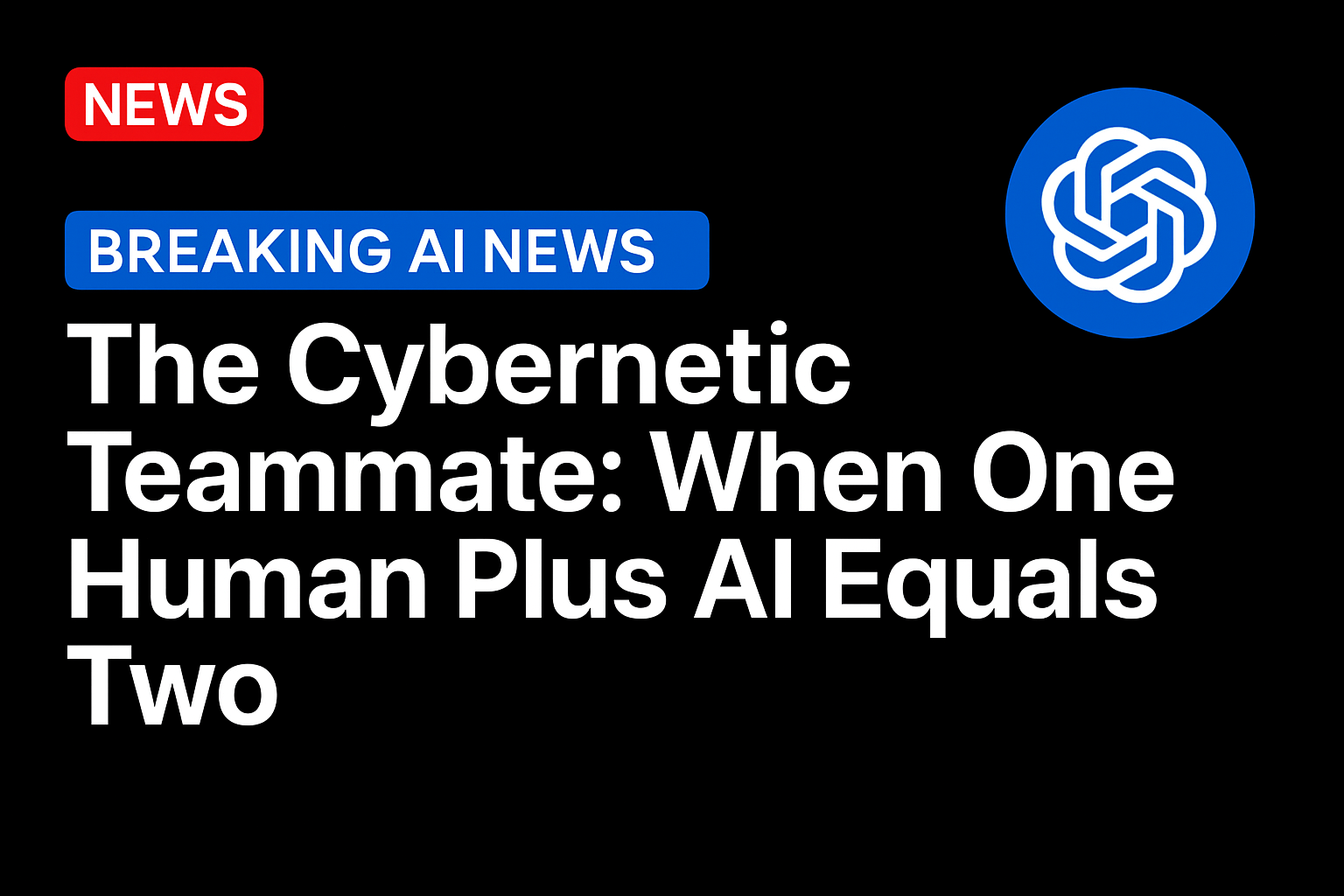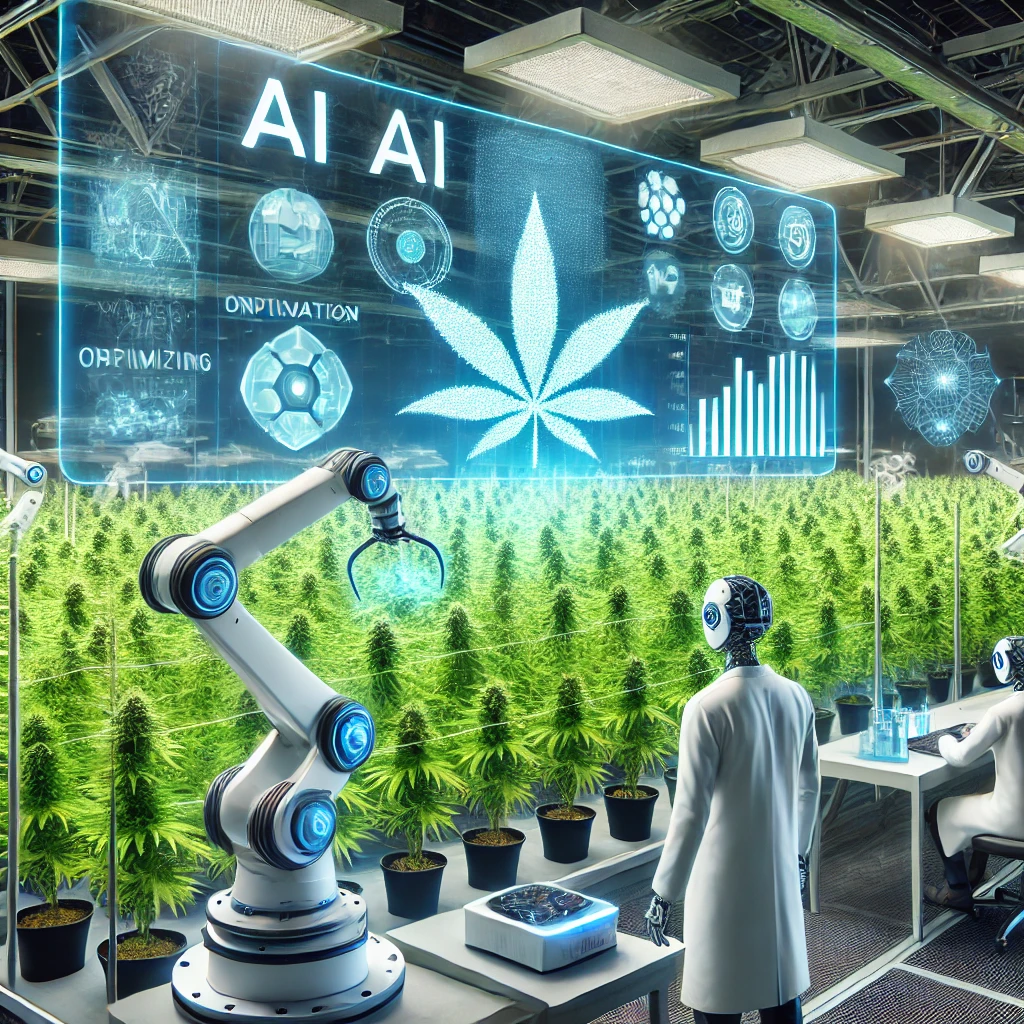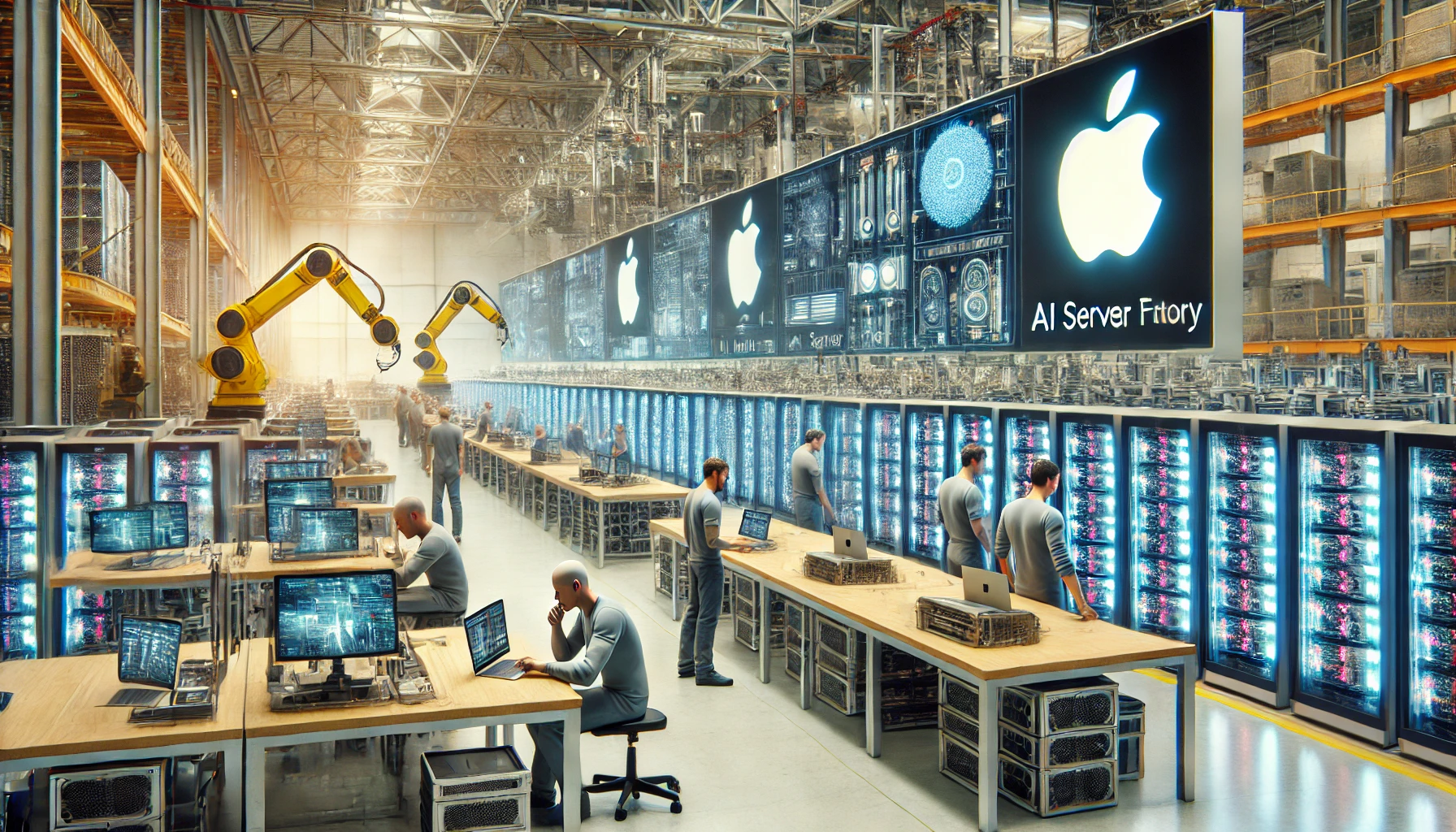
The saying “two heads are better than one” never accounted for the use of artificial intelligence. Updated research from two business schools show what AI and a human collaboration can do.
The research from Johns Hopkins Carey Business School and MIT Sloan School of Management found that people working with AI produced 60% more output than those working without it, while maintaining the same quality. They also exchanged 23% fewer messages, showing less time spent coordinating and more time completing tasks. The pattern suggests that AI is reshaping collaboration. People focus on context, reasoning and judgment. Machines handle repetition, data and scale. The result is more work done in less time, with fewer steps.
As PYMNTS reported, early adopters are finding that workers remain accountable for decisions and oversight while algorithms accelerate the mechanical parts of production. Many describe the shift as moving from delegation to partnership.
The concept, known as “cybernetic teammate,” was introduced by Harvard researchers studying how AI changes the division of labor inside teams. Unlike earlier waves of automation that replaced labor, this model expands it. Humans no longer use tools passively; they direct systems that learn and adapt alongside them.
When One Person Equals a Team
Procter & Gamble tested the model in its innovation labs. The company studied 776 professionals developing new product ideas. Individuals using AI performed as well as two-person teams without it. Teams with AI produced the most creative results, according to Harvard Business School data.
Artificial intelligence also changed how people worked together, the research found. Engineers proposed more commercially viable concepts. Marketers created more technically informed solutions. Workers reported greater enthusiasm and less frustration, according to Harvard’s Working Knowledge. The technology seemed to reduce barriers between creative and technical roles, improving cross-functional collaboration.
Rethinking Productivity and Team Design
If one person with AI can equal two without it, the meaning of productivity shifts. Coordination costs decline as algorithms handle drafting, analysis and scheduling. The most efficient team may soon be the human-AI pair rather than the traditional group. For executives, that changes how output is measured. Headcount no longer tracks capability. A single employee with AI can manage work that once required multiple people.
Yet the transition is rarely smooth. The MIT Sloan Review cautions that companies adopting AI without redesigning roles often see a “productivity paradox.” Workflows, incentives and reporting lines stay the same while technology changes how the work itself happens. Productivity dips before rising because employees must learn how to collaborate with algorithms rather than compete with them. AI adoption often produces a J-shaped performance curve, where output drops before it rises. Firms that introduce AI into existing roles without adjusting workflows or incentives often see efficiency stagnate.
Studies also find that firms integrating AI into old structures rarely sustain gains. Those that rebuild jobs around human-AI pairings, assigning creative, interpretive and computational tasks to whichever side does them best, recover faster and outperform peers. The research concludes that productivity depends less on adopting AI than on reorganizing work around it.
PYMNTS noted a similar pattern across industries. AI now handles drafting, summarization and data analysis, freeing employees for tasks that demand reasoning and originality. The strongest results occur when firms embed human supervision into every step, ensuring that speed does not come at the expense of accuracy or accountability.
A Columbia University study found teams performed best when humans treated AI as a capable partner rather than a tool. When workers either distrusted or over-relied on the system, performance declined and stress indicators rose. The researchers concluded that success depends on calibrated trust, humans must understand both the strengths and limits of their AI partners.
Source: https://www.pymnts.com/




